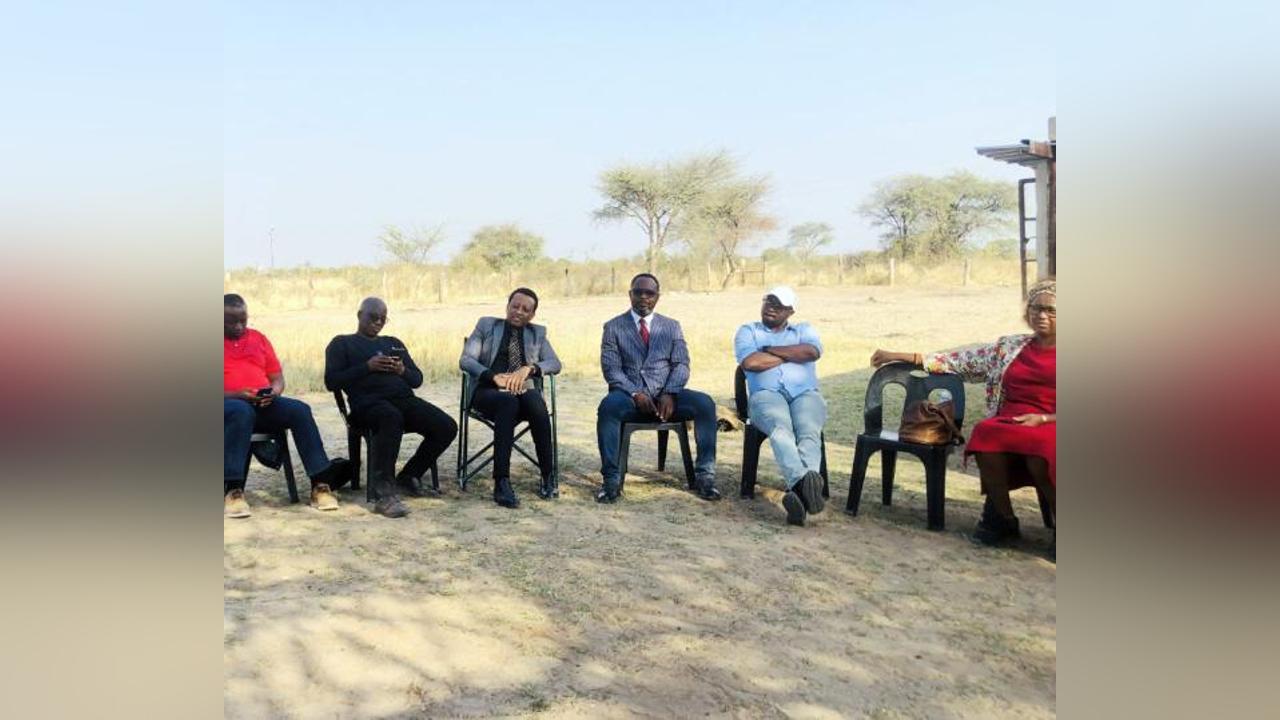Africa-Press – Namibia. The Maurus Nekaro Conservancy in the Kavango West region is grappling with significant management challenges that threaten its wildlife conservation mission.
Manager of the conservancy Muhepa Matheus said this during discussions between conservancy officials and parliamentary standing committee members specialising in natural resources here last week.
Established in 2016 and gazetted in August 2017, the 1 117 square hectare conservancy has achieved notable successes in community development while protecting wildlife resources.
The conservancy operates under a governance structure, which includes 19 management committee members and one traditional authority representative who ensures community involvement in decision-making processes.
“The conservancy was demarcated into two zones in 2021 – the settlement and cropping zone, where people are allowed to do their activities, as well as the multiple use hunting priority zone reserved for wildlife,” stated Matheus.
“Illegal settlement within the wildlife exclusive zone and illegal fencing are huge challenges,” he noted.
“It is difficult to control this because some of these people who are stretching their fences are from the top authority, including traditional authority chief councils,” he added.
A major dispute has emerged over a proposed road construction from Seco to Gcaruhwa that would pass through the wildlife exclusive zone.
The conservancy is currently in conflict with the Kavango West Regional Council over this development.
“We are receiving a lot of calls from the line ministry of works, telling us that when the conservancy was introduced, this plan was already there,” Matheus stated.
He added: “We requested documentation to provide something in black and white, but we are still fighting”.
The conservancy has proposed an alternative route through Nepara that would avoid the protected wildlife area while still serving transportation needs.
Despite these challenges, the conservancy has delivered significant community benefits, including drilling four boreholes, donating school uniforms to 48 vulnerable individuals across 18 schools, and establishing water connections from NamWater stations to local villages.
The conservancy also faces resource allocation issues, with officials noting that the approved hunting quota of one trophy elephant and other limited species is insufficient for the large conservancy area and community needs.
Chairperson of the Parliamentary Standing Committee on Natural Resources Tobie Aupindi said there is a need for cooperation between the conservancy management committee and traditional authorities to prevent unauthorised settlement in conservancy areas.
He emphasised the importance of stopping poaching and training local community members as trophy hunters to enhance the conservancy revenue and value chain.
Illegal fishing activities along the Kavango River, which forms the border with Angola, continue to threaten fish populations despite community-established fishing regulations.
For More News And Analysis About Namibia Follow Africa-Press






